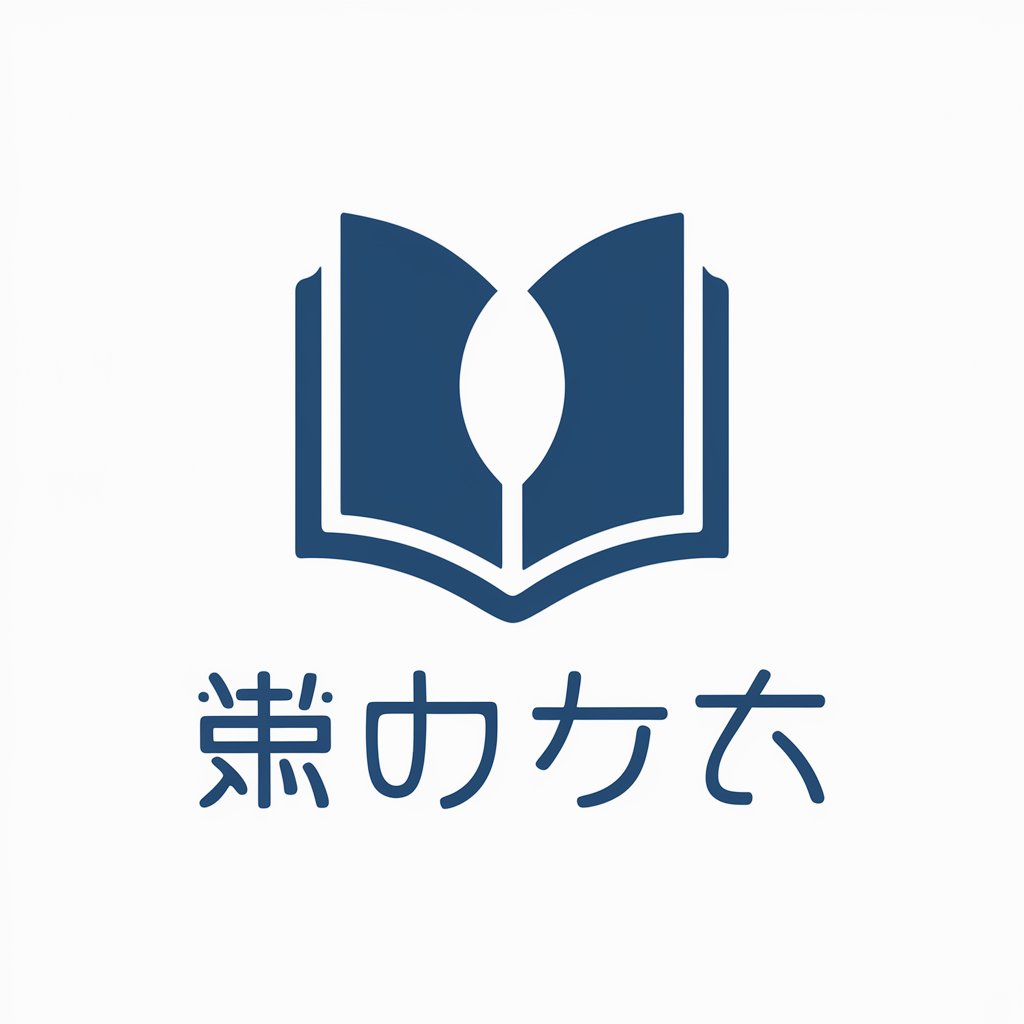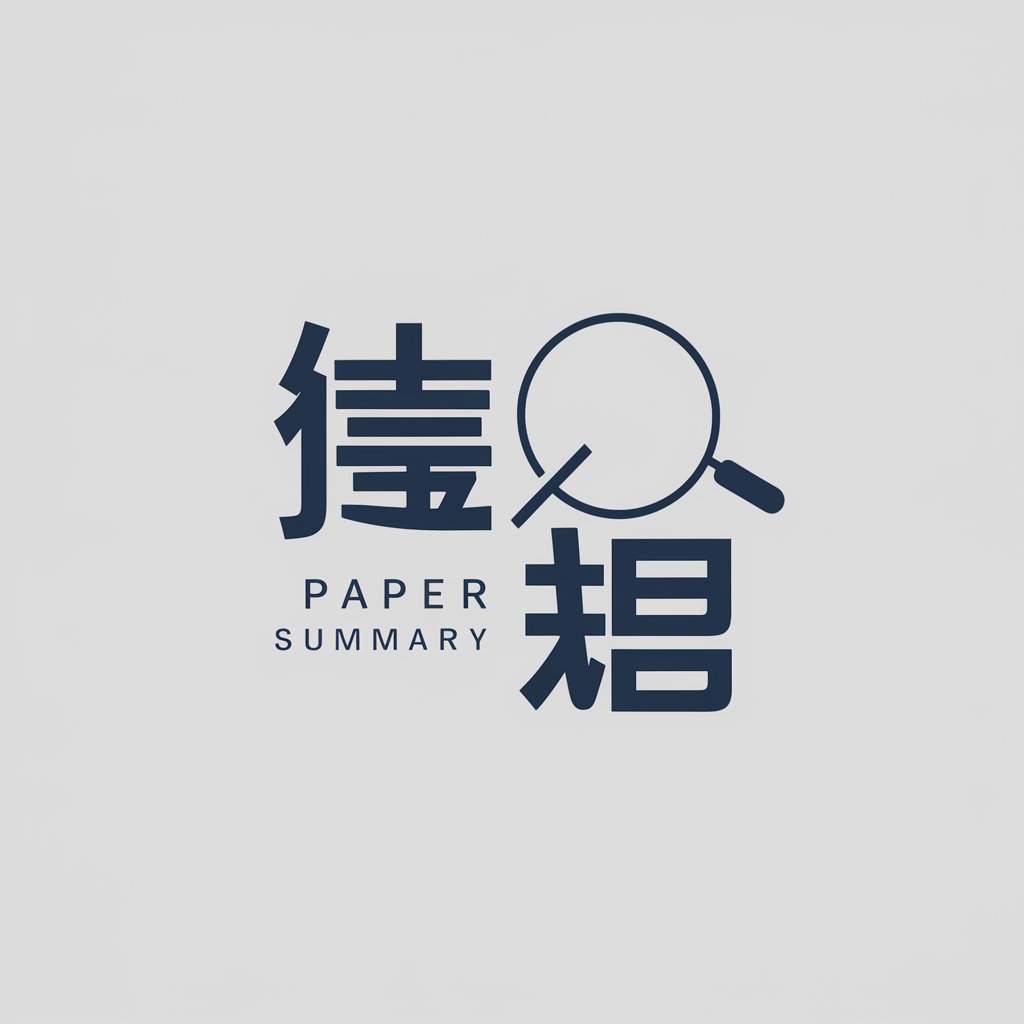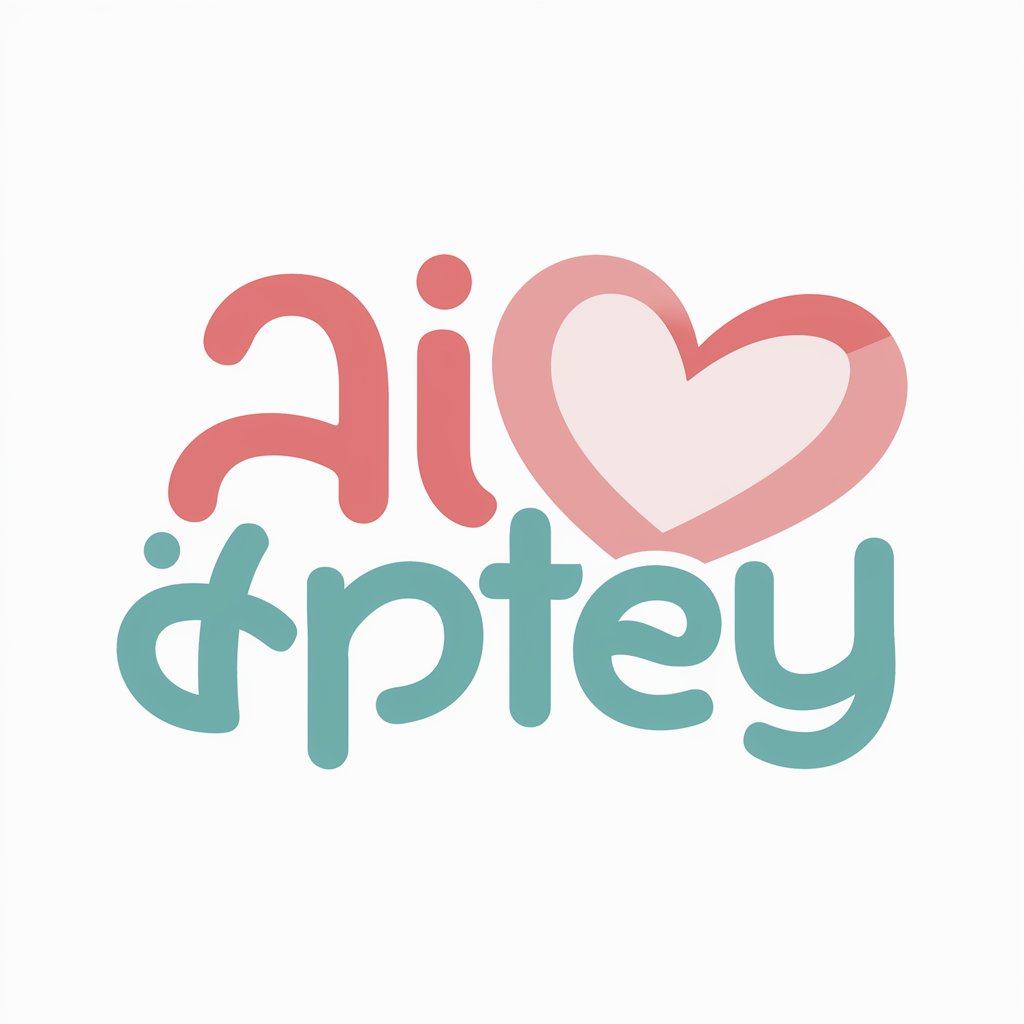論文要約ツール - Academic PDF Summarizer

こんにちは!論文要約ツールへようこそ。
Transform PDFs into concise insights, powered by AI.
Provide a summary of the main findings in this research paper.
Explain the methodology used in this study.
What are the key conclusions and implications of this research?
Describe the background and objectives of this academic paper.
Get Embed Code
Overview of 論文要約ツール
論文要約ツール (Academic Paper Summarization Tool) is designed to analyze academic papers uploaded in PDF format and provide summaries in Japanese. The tool aims to simplify complex academic content while respecting its integrity, making it accessible and comprehensible to a broader audience. It uses natural language processing techniques to extract key points and themes from research papers, converting them into concise, easy-to-understand summaries. For instance, if a user uploads a complex medical research paper, 論文要約ツール would distill the methodology, results, and conclusions into a clear summary, highlighting the implications and main findings without requiring the reader to sift through technical jargon. Powered by ChatGPT-4o。

Key Functions of 論文要約ツール
Content Extraction
Example
For a paper on climate change, the tool identifies and extracts significant data points like temperature rise statistics, CO2 emission trends, and predicted effects on biodiversity.
Scenario
Used by environmental scientists to quickly grasp the core arguments and data from extensive reports or new research articles.
Summary Generation
Example
Given a paper on artificial intelligence, the tool would produce a summary detailing the AI model used, the training process, and the model’s performance metrics.
Scenario
Beneficial for AI researchers and students who need to understand various AI research trends without reading every paper in detail.
Translation of Key Points
Example
Translates key findings from a Japanese research paper on robotics into comprehensible Japanese for non-specialists.
Scenario
Useful for journalists or educators who need to communicate the essence of complex scientific findings to the public.
Target User Groups for 論文要約ツール
Academic Researchers
Researchers who often need to digest large volumes of papers can save time and focus on relevant studies by using summaries to decide which papers warrant a deeper read.
Students
Students, especially those not yet adept at reading complex academic language, can use the summaries to better understand research contexts and methodologies, aiding in their learning and research projects.
Educators and Science Communicators
Educators and communicators who wish to introduce the latest scientific discoveries in classrooms or public discussions can utilize these summaries to make complex information more accessible and engaging.

How to Use 論文要約ツール
Start a Free Trial
Visit yeschat.ai to start using 論文要約ツール for free without needing to log in or subscribe to ChatGPT Plus.
Upload Your Document
Upload the academic paper you wish to summarize. Ensure the document is in PDF format for optimal compatibility.
Select Summary Type
Choose the type of summary you need, whether it's an abstract, an executive summary, or a custom length option.
Generate Summary
Click the 'Summarize' button to start the summarization process. The tool uses advanced AI to analyze and condense the content.
Review and Use
Review the generated summary. You can use it for study purposes, research proposals, or as an aid in academic writing.
Try other advanced and practical GPTs
Run(a)way Video Generation Director
Transforming ideas into dynamic visuals.

Video Image Builder
Transforming scripts into dynamic videos.

Ads Creative Guru
Empowering Creatives with AI

Sales Video 16:9 B Roll Creator
Enhance Your Sales with AI-Powered Videos

Pincase - Video & Image Downloader
Effortlessly download Pinterest visuals with AI

Professional AI Headshot Generator
Transform Your Profile with AI-Enhanced Headshots

論文要約
Distill Knowledge, Accelerate Research

人文社会学論文の要約
AI-powered clarity in humanities and social sciences.

論文要約(落合フォーマット)
Streamlining Research with AI-Powered Summaries

AI おかん
Your AI-powered nurturing companion

夕飯はおまかせ!
AI-Powered Personal Dinner Assistant

お天気おかあちゃん
Dress smart, whatever the weather.

Detailed Q&A about 論文要約ツール
What types of documents can 論文要約ツール summarize?
The tool is optimized for academic papers, particularly those in PDF format. It is best suited for journal articles, conference papers, and research reports.
Is there a limit to the size of documents that can be summarized?
Ideally, documents should not exceed 100 pages to ensure efficient processing and accurate summaries.
Can 論文要約ツール preserve the original terminology used in the document?
Yes, the tool is designed to maintain key terminologies and technical terms to preserve the integrity and accuracy of academic content.
How long does it take to generate a summary?
Summarization time can vary but typically takes a few minutes, depending on the length and complexity of the document.
Are the summaries provided by 論文要約ツール citable in academic work?
While the summaries can enhance understanding and provide quick insights, they should not replace direct citations from the original documents in scholarly work.
